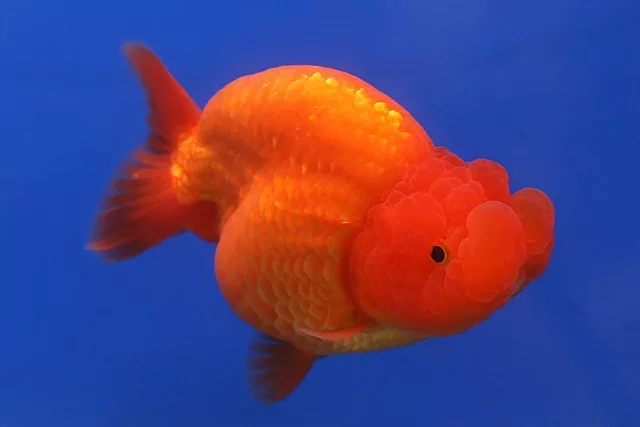
Goldfish have long been a popular choice for aquarium enthusiasts and pet owners. Their vibrant colors, graceful movements, and relatively low maintenance make them a delightful addition to any home. However, providing proper care for goldfish is crucial to ensure their health and longevity. In this comprehensive guide, we will outline essential aspects of goldfish care, covering everything from setting up the right environment to maintaining their well-being.
- Creating the Ideal Habitat:
- Tank Size: Goldfish require a spacious environment to thrive. As a general rule, allow 20 gallons of water per goldfish and consider upgrading to a larger tank as they grow.
- Filtration: A good filtration system is vital for maintaining water quality. Choose a filter that can handle the size of your tank and provide both mechanical and biological filtration.
- Temperature and Lighting: Goldfish are coldwater fish and prefer water temperatures between 65°F and 75°F (18°C to 24°C). Avoid placing the tank in direct sunlight, as it can cause temperature fluctuations and encourage algae growth.
- Water Quality and Maintenance:
- Regular Water Changes: Perform partial water changes (around 20% of the tank volume) every one to two weeks to remove toxins and maintain good water quality.
- Dechlorination: Tap water contains chlorine and chloramines that can harm your goldfish. Use a water conditioner to remove these chemicals before adding fresh water to the tank.
- Testing Water Parameters: Regularly monitor the pH, ammonia, nitrite, and nitrate levels using test kits. Goldfish prefer a pH range of 6.5 to 7.5 and require zero ammonia and nitrite.
- Feeding and Nutrition:
- Balanced Diet: Goldfish are omnivores and should be provided with a varied diet. Offer them high-quality goldfish flakes or pellets as a staple, supplemented with fresh vegetables like peas, lettuce, and spinach. Avoid overfeeding to prevent digestive issues and water pollution.
- Feeding Schedule: Feed your goldfish small portions two to three times a day, taking care not to leave uneaten food in the tank. Remove any excess food after a few minutes.
- Tank Decorations and Accessories:
- Substrate: Use smooth gravel or sand as a substrate, avoiding sharp or small gravel that goldfish may accidentally ingest.
- Plants: Live or artificial plants can provide hiding spots and improve the aesthetics of the tank. Opt for sturdy plants that can withstand goldfish nibbling.
- Hiding Places: Include caves or other hiding spots to allow goldfish to retreat and feel secure.
- Monitoring Health and Recognizing Signs of Illness:
- Observing Behavior: Watch for any changes in behavior, such as reduced appetite, lethargy, or excessive scratching.
- Physical Examination: Regularly inspect your goldfish for signs of illness, such as discoloration, abnormal growths, or torn fins.
- Prompt Action: If you notice any signs of illness, promptly address the issue. Isolate the affected fish, adjust water conditions if necessary, and consider consulting a veterinarian experienced in fish care.
Remember, goldfish can live for several years or even decades when provided with proper care. By following these guidelines and dedicating time to maintaining a suitable environment, you can ensure the well-being of your goldfish and enjoy their companionship for years to come. learn more about goldfish